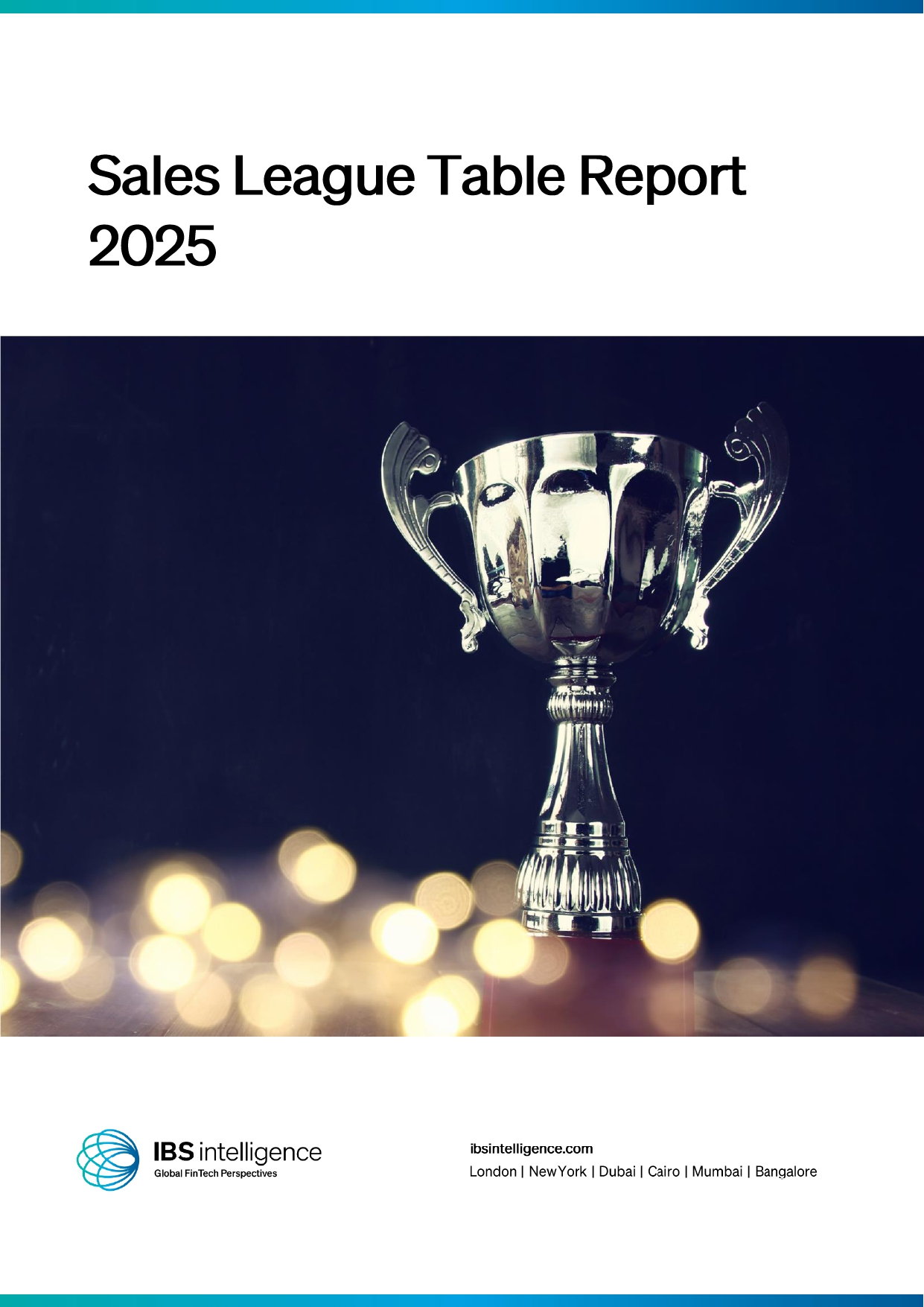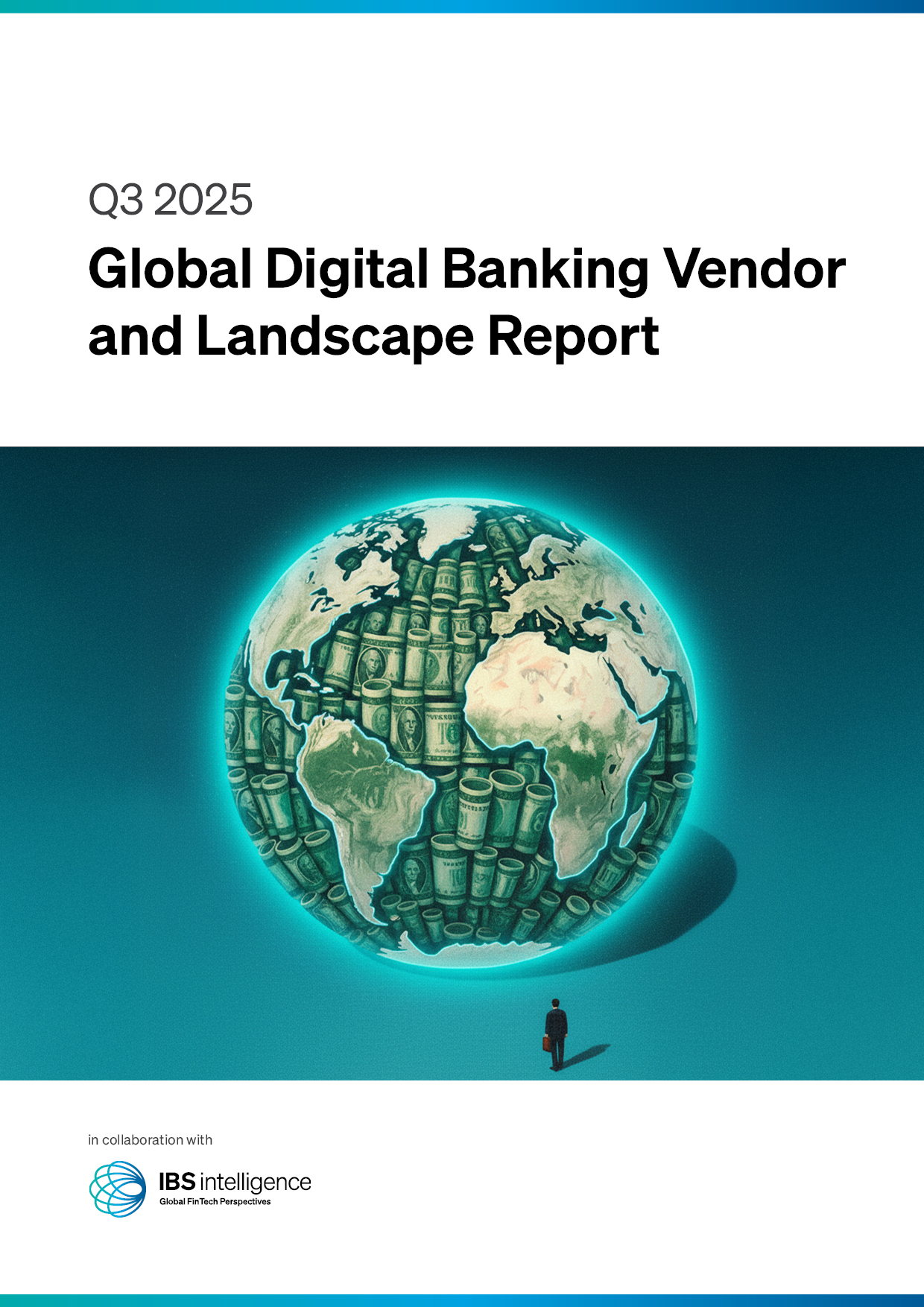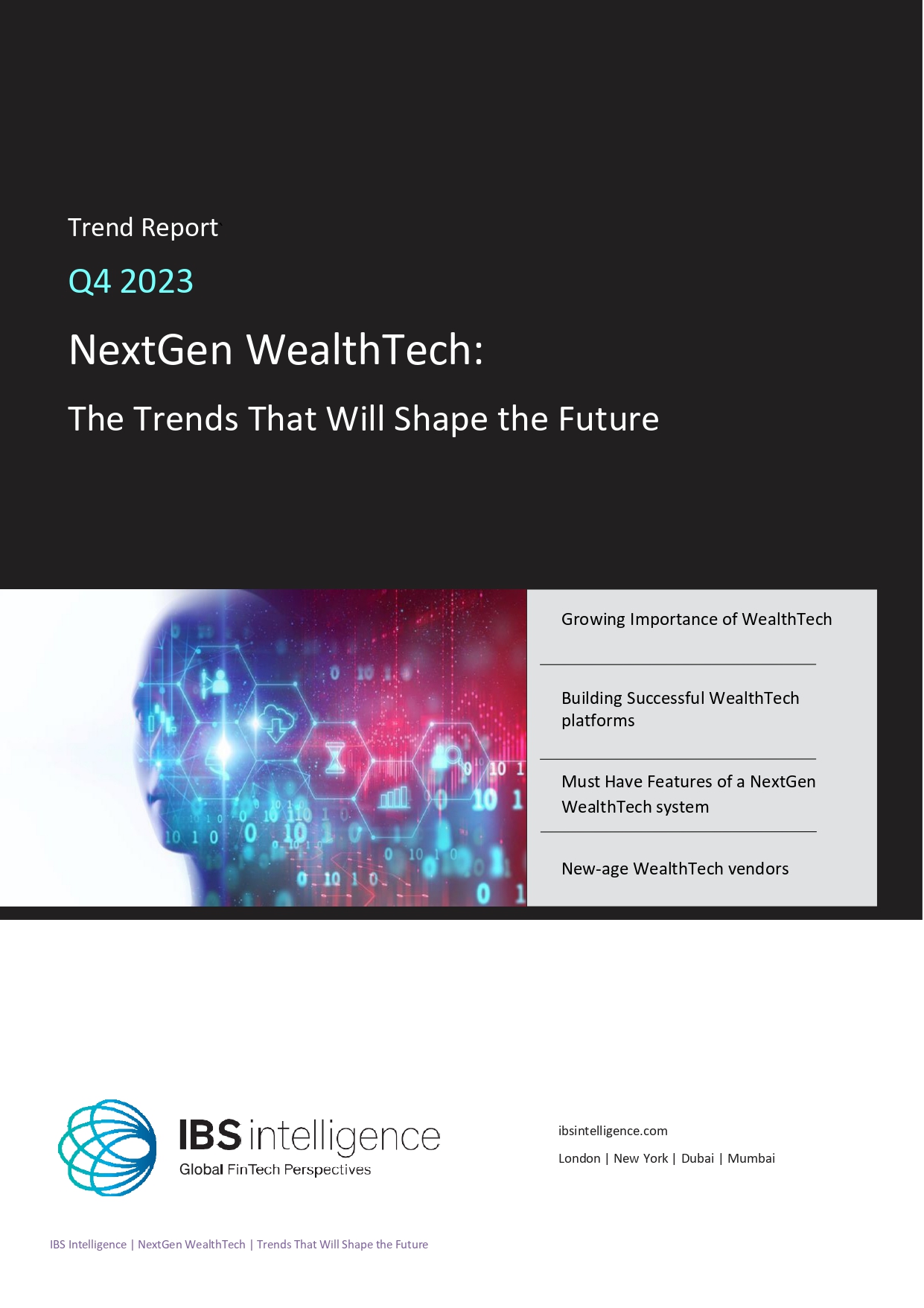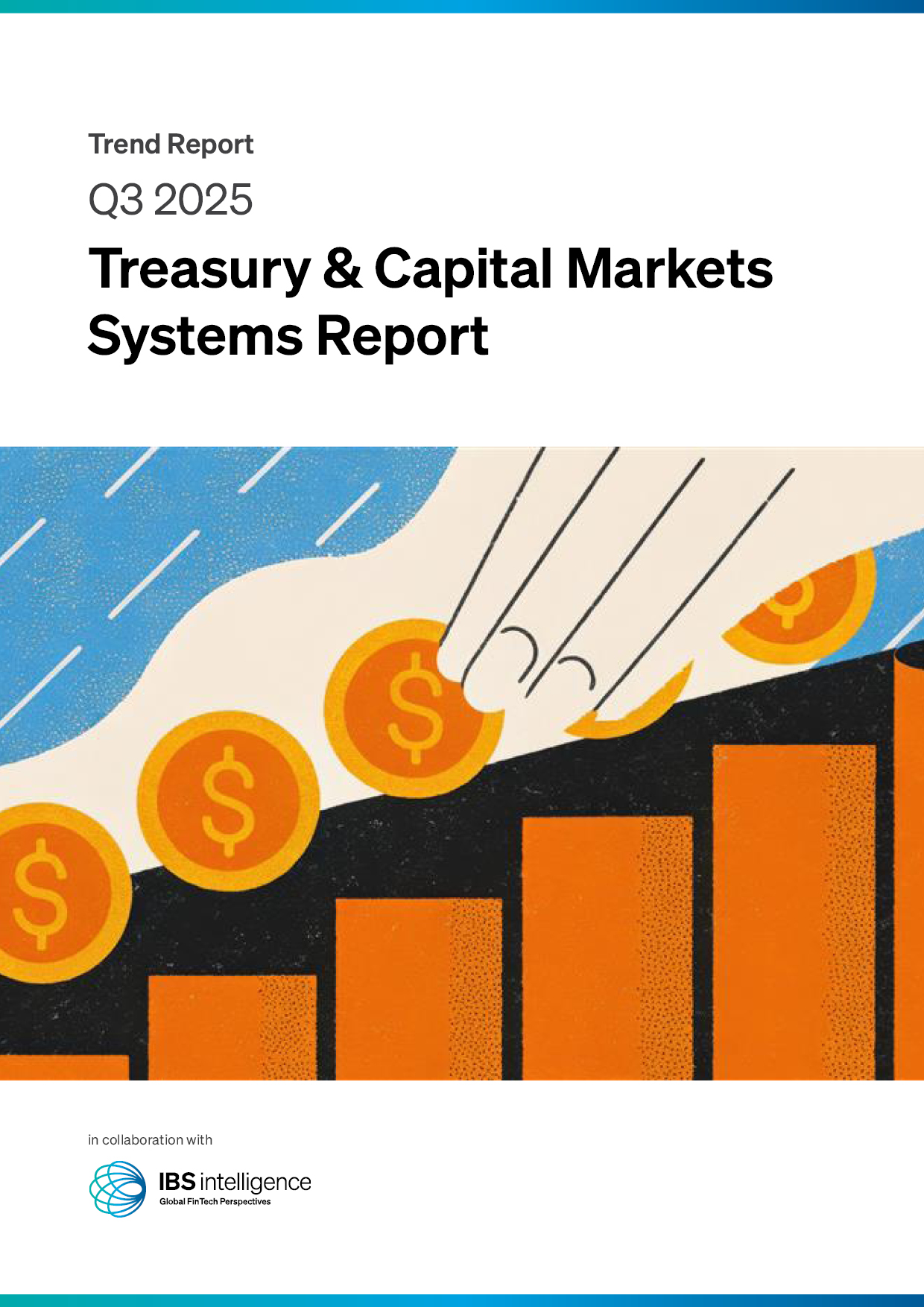 Back
Back
The Deep dive: LatAm’s Digital Payment Boom
By Puja Sharma

The deep dive’ is our bi-weekly exploration of a relevant topic, hot trend, or new product. For Prime subscribers only.
How does it work?
Cash is no longer king in Latin America. The region is undergoing a seismic shift in how people pay, send, and save—thanks to a perfect storm of mobile-first technology, real-time payment rails, and a push for financial inclusion. With both FinTechs and governments in the driver’s seat, Latin America is fast becoming a global benchmark for digital payment adoption.
The rise of mobile wallets and instant payment systems has made digital transactions fast, easy, and virtually cost-free. Leading the pack is Brazil’s Pix, which has redefined retail payments with 24/7, real-time transfers that are fee-free for consumers. In Argentina, MODO is enabling mobile-native payments through bank integrations.
These platforms bypass legacy banking infrastructure, giving small businesses and consumers direct access to modern payment systems. The widespread availability of smartphones and lower mobile data costs are also fueling adoption, especially in underserved communities.
By 2030:
- Digital payments are expected to make up ~66% of all eCommerce transactions in the region
- ~50% of point-of-sale (POS) transactions will be digital
- Cash usage is projected to drop sharply as more consumers rely on mobile-first experiences
Who is under the radar?
- Pix (Brazil): Developed by the Central Bank of Brazil, it now processes more transactions than credit and debit cards combined.
- MODO (Argentina): A bank-backed mobile payment app making inroads in a fragmented digital landscape.
- Mercado Pago: The FinTech arm of e-commerce giant Mercado Libre, it is expanding financial services across LATAM.
- Worldpay & other global processors: Partnering with local players to unlock cross-border capabilities.
The standout feature across these platforms? Simplicity. No jargon, no heavy fees—just fast, intuitive payments that work across devices and networks.
Why does it matter now?
In a region where over 40% of adults remain unbanked, digital payment rails aren’t just a convenience—they’re a gateway to financial access. Governments see this as a development opportunity, while FinTechs view it as a billion-dollar market waiting to scale.
Digital payments are also becoming central to economic resilience:
- Small merchants can now avoid the burden of interchange fees
- Consumers can pay instantly without relying on cash
- Cross-border trade is easier with more interoperable digital networks
Latin America is showing that with the right mix of mobile access, government innovation, and FinTech agility, digital inclusion doesn’t have to be a distant dream—it can be reality at scale.
IBSi FinTech Journal
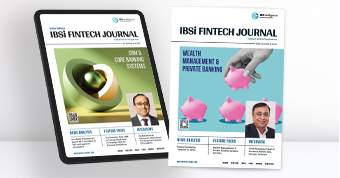
- Most trusted FinTech journal since 1991
- Digital monthly issue
- 60+ pages of research, analysis, interviews, opinions, and rankings
- Global coverage



